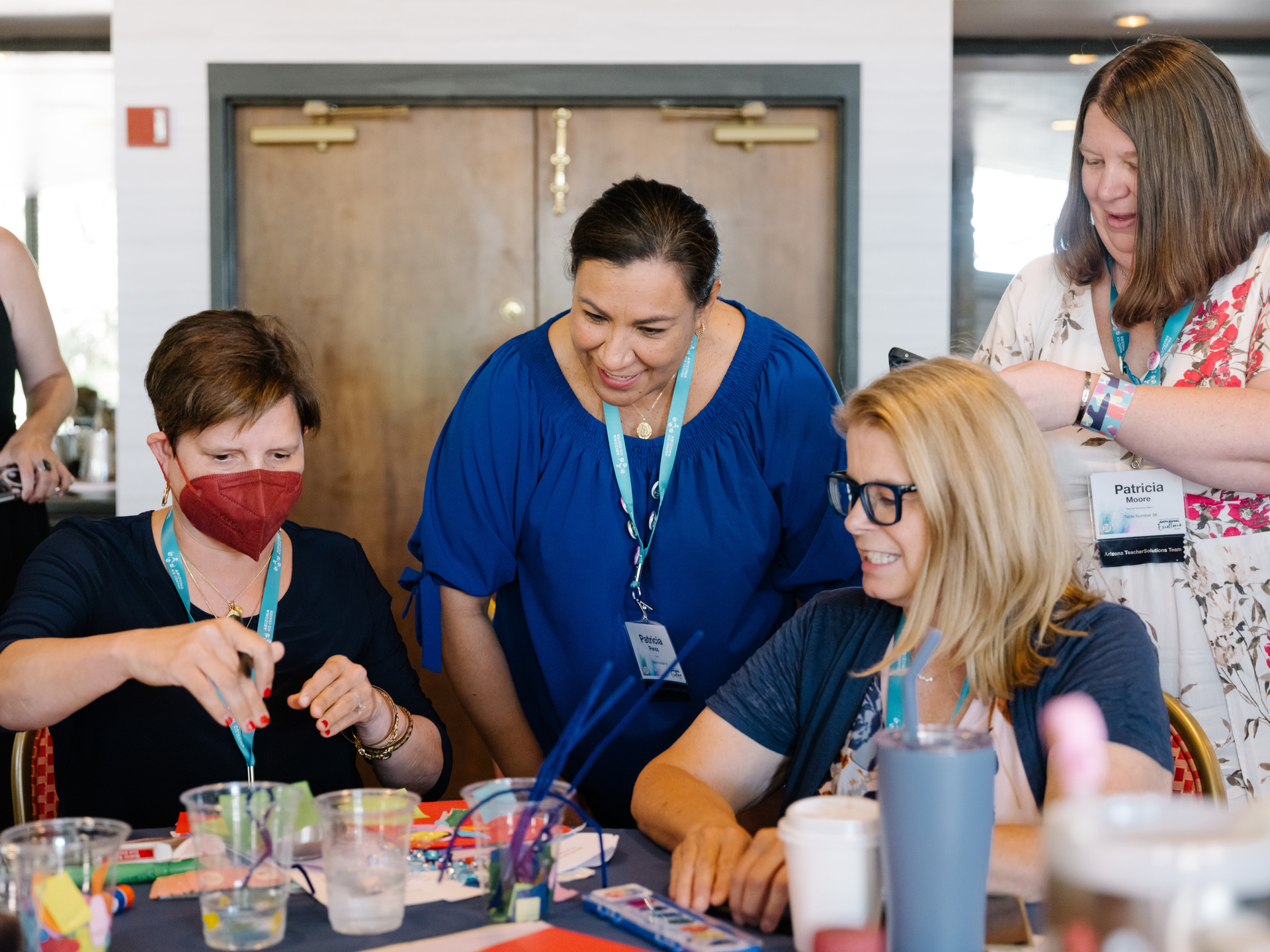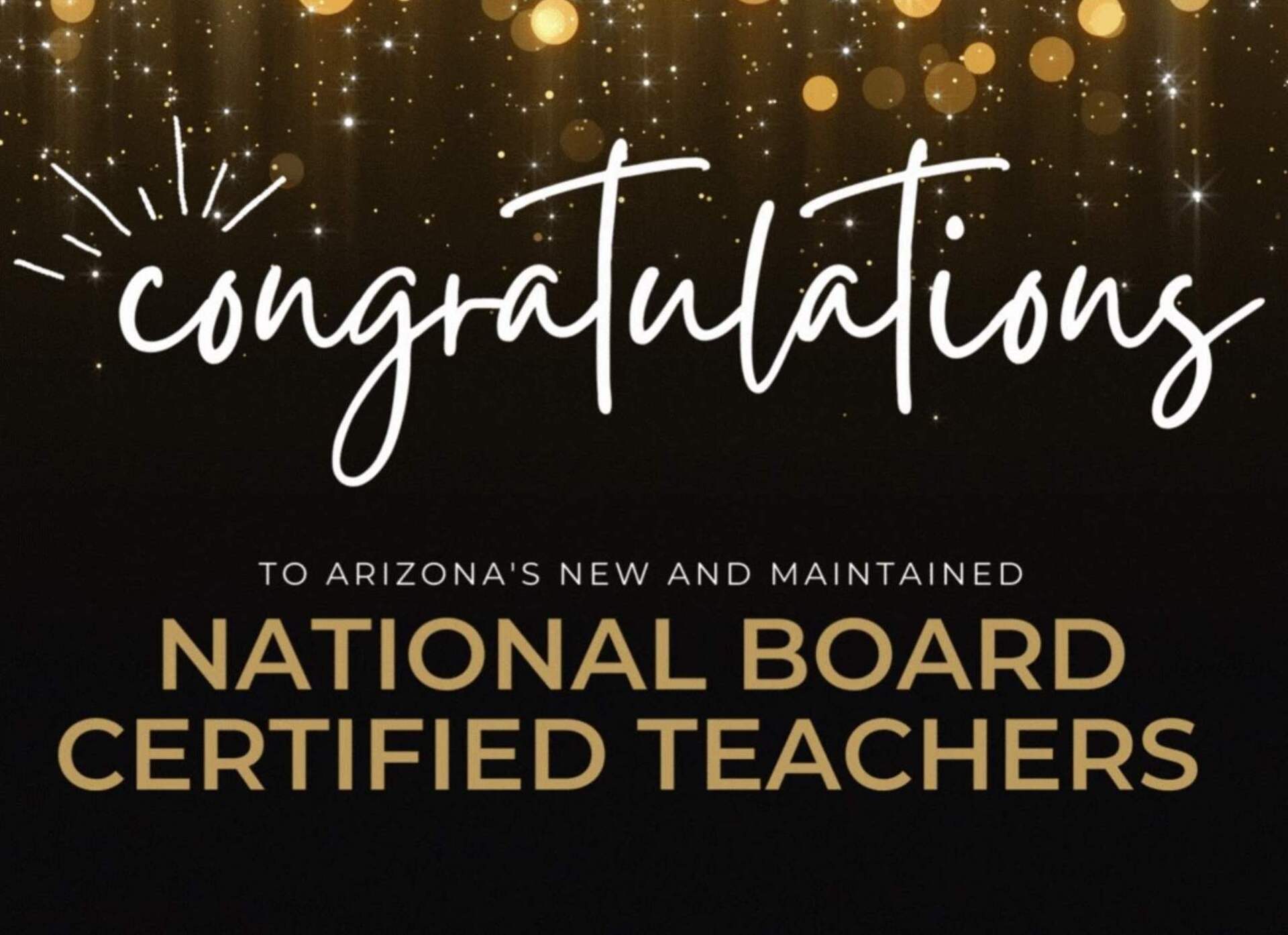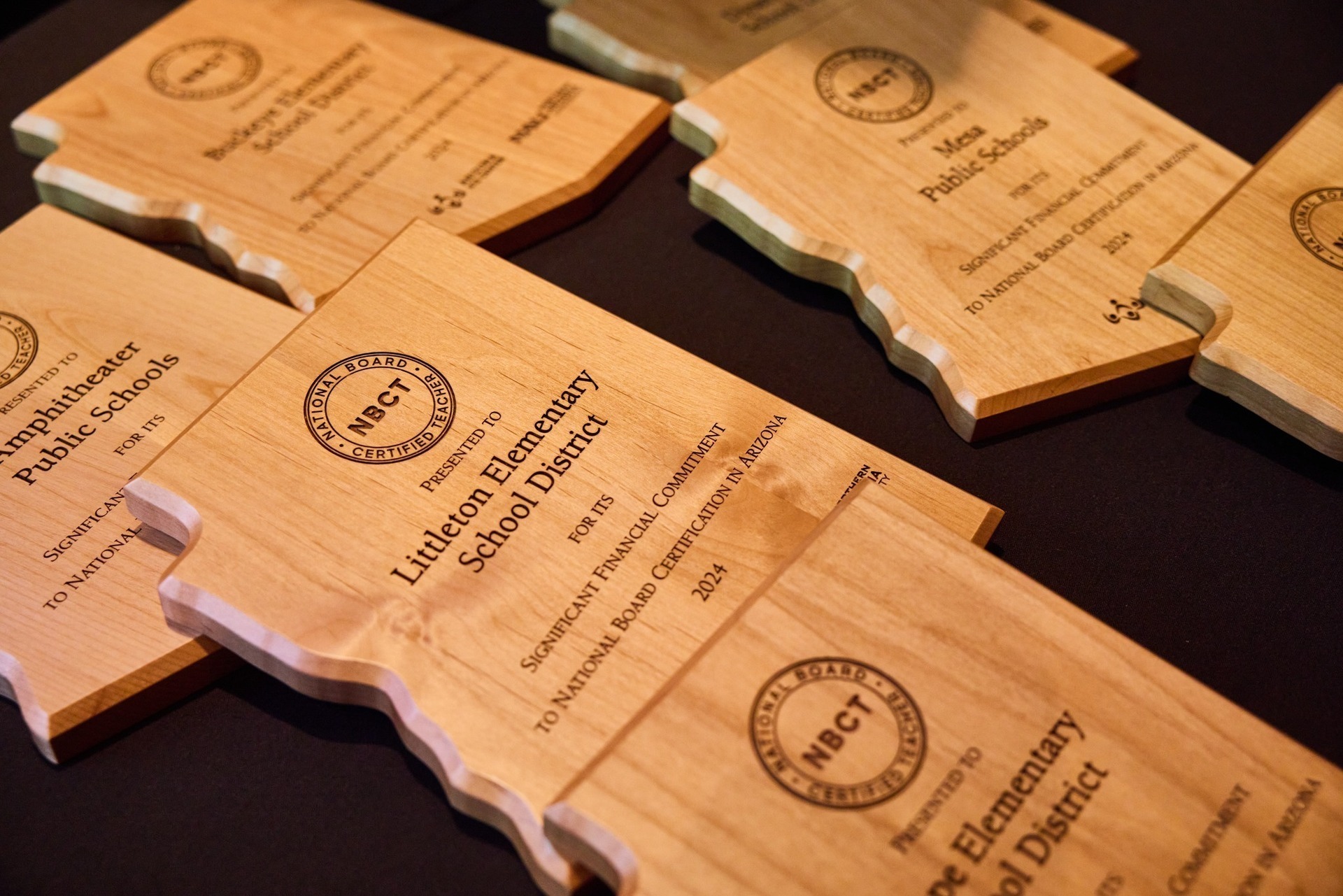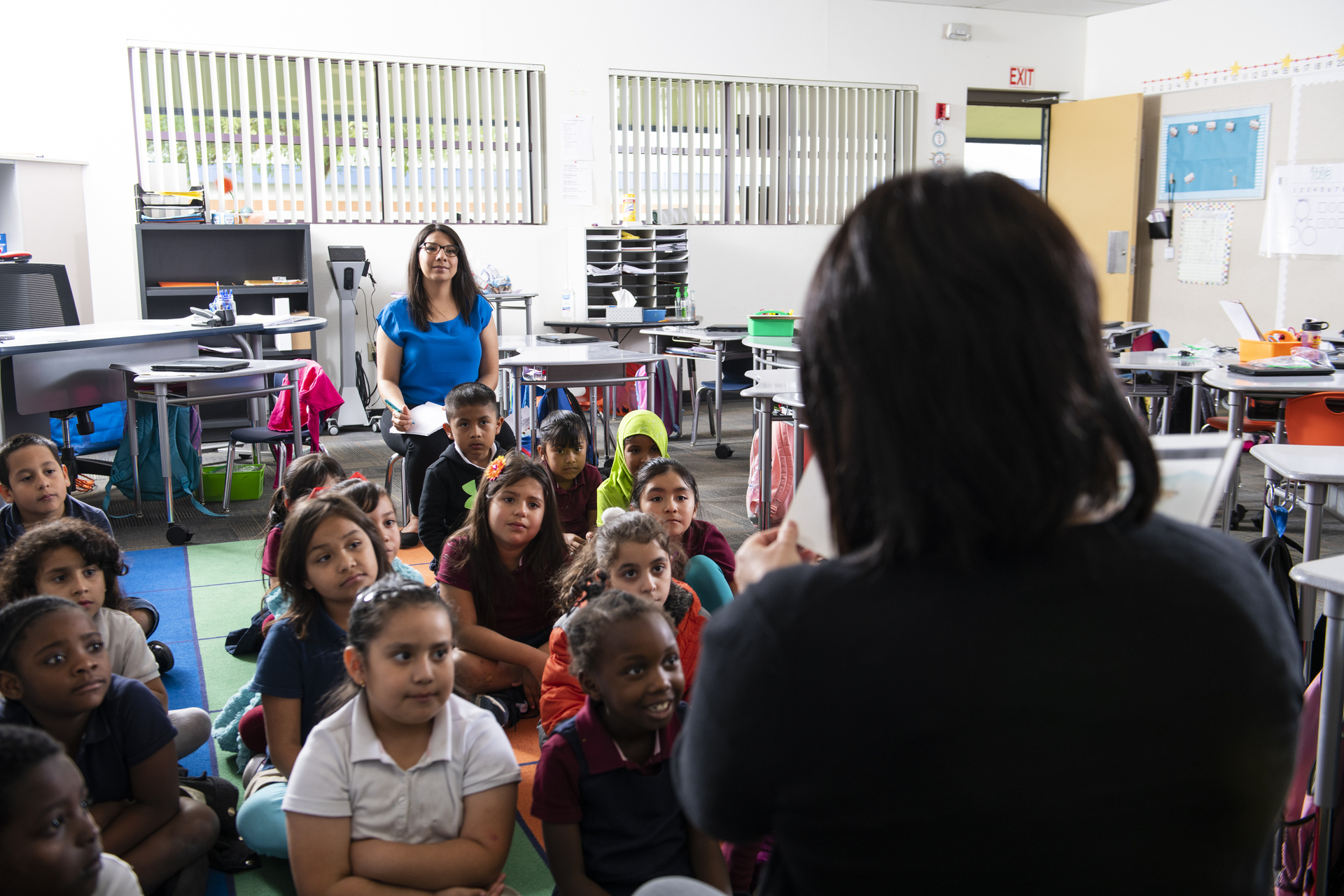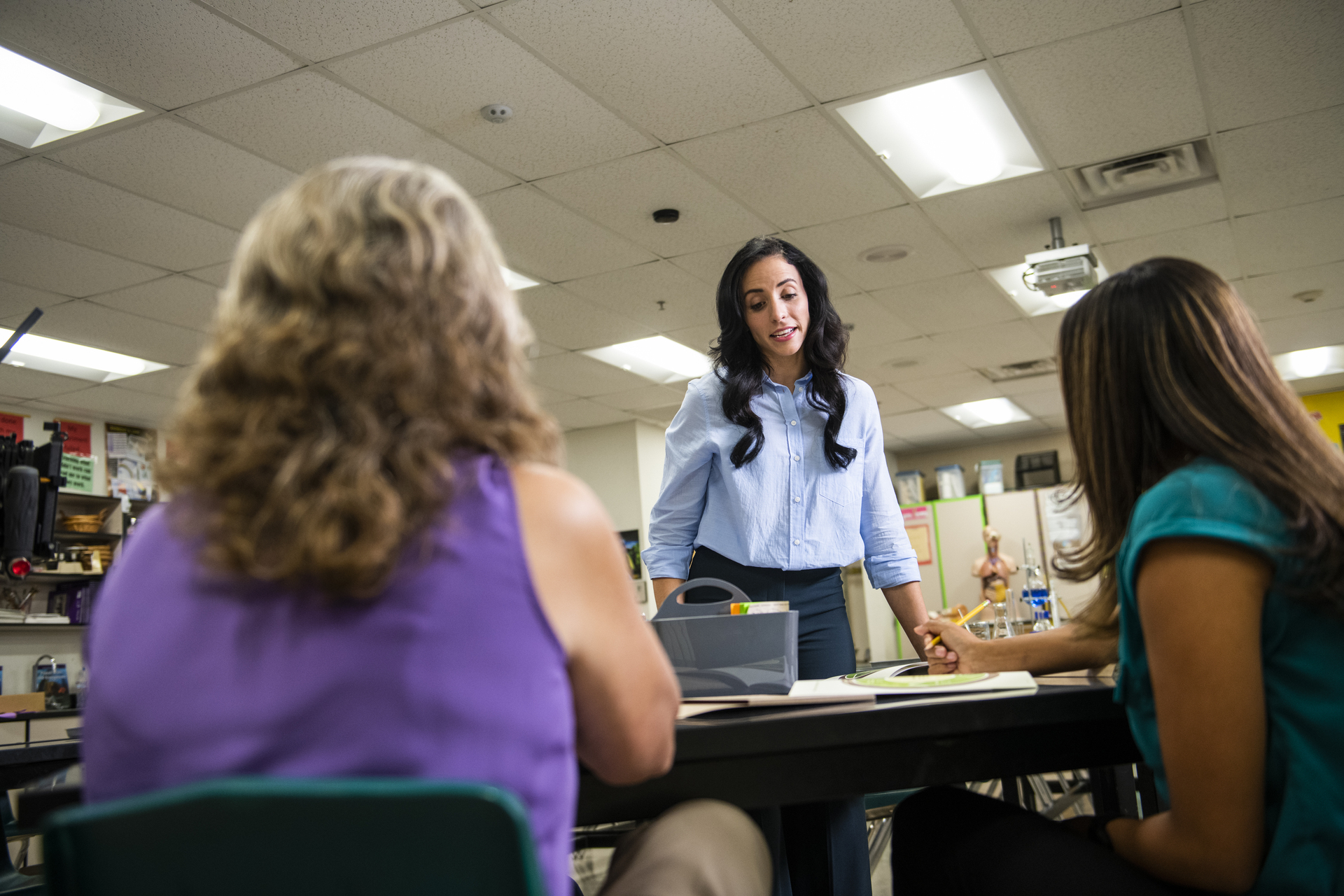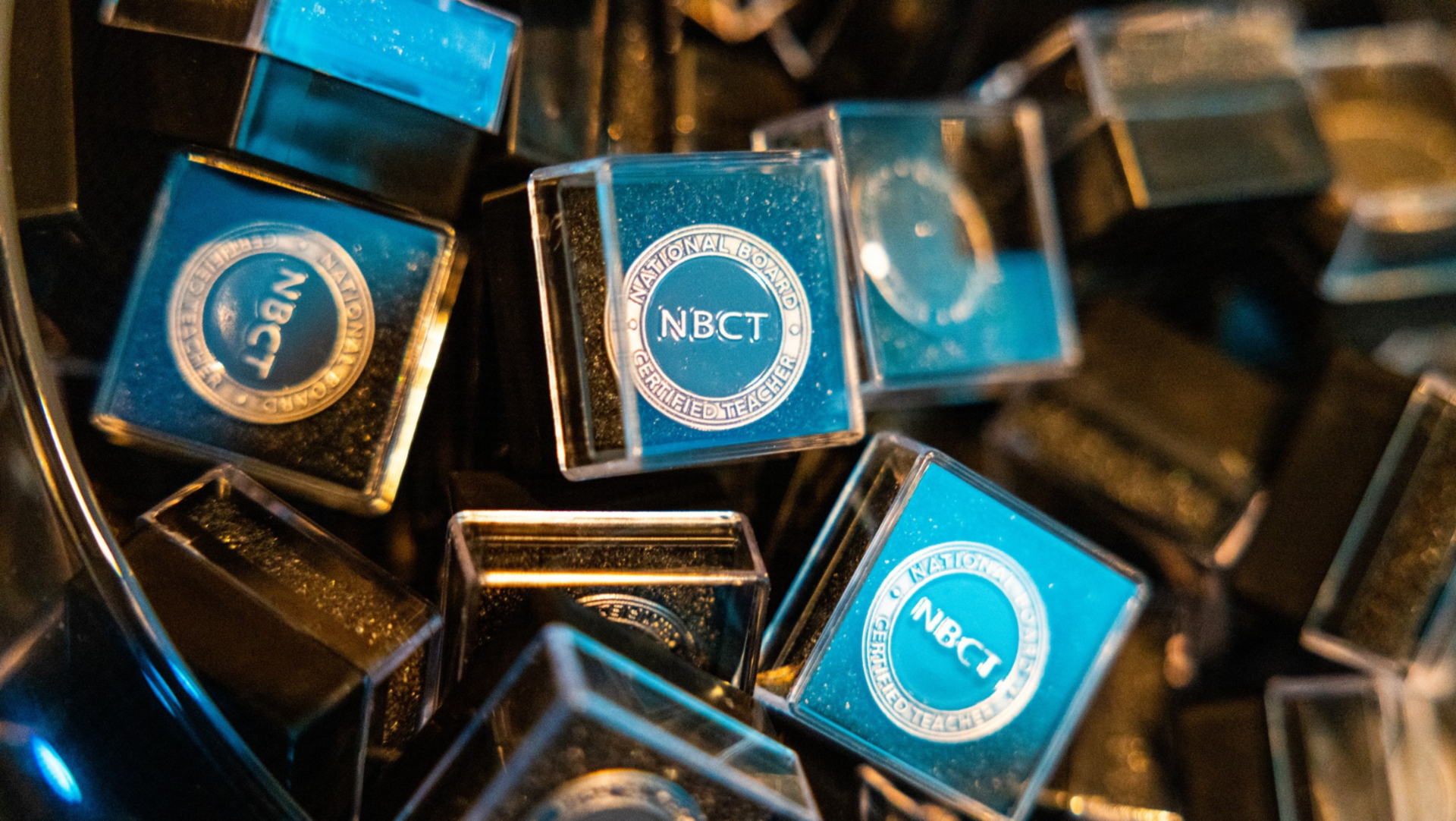July 5, 2018
Multicultural Education Isn't Just a Potluck Activity
Our students need to learn about and respect differences, and so do we.
It’s 2018. Many public schools across the country are made up of students of color. In Arizona, students of color make up the majority of students enrolled in PK-12 — this comes as no surprise to our teachers. According to the Arizona Minority Student Progress Report, as time goes on, the number of students of color will steadily increase over time.
Culture shapes our actions, attitudes, and values. It is important for students to realize people come from different cultural backgrounds. It is our responsibility as educators to provide opportunities for students to understand and appreciate diverse cultures and backgrounds because American history is ethnically diverse. Multicultural education promotes connections between the home, school, and community. It promotes inclusiveness and promotes diverse perspectives. Students get the opportunity to develop better communication skills, and this encourages a positive mindset around the future global society.
So how might we encourage and promote a more inclusive and multicultural education for our students?
Define the term.
A multicultural education is not just about enjoying cultural foods or languages on potluck day. Rather, it is an appreciation and belief that people can value and accept each other regardless of gender, race, belief, socioeconomic status, etc. Depending on what age group, it may be difficult for students to grasp these different topics. However, use this as an opportunity to define the term with students. This will gauge what type of preexisting knowledge they have.
Get to know your students.
Not everyone speaks the same language. It is vital that educators learn more about their students and know about their backgrounds and cultures. Not only is this a way to show you care and build relationships, but also this will help grow your own multicultural education. Be an example to your own students by learning more and respecting where they come from.
Be aware of your own misconceptions or biases.
At some point, we have all faced some type of prejudice or bias. In order to more successfully teach multiculturalism, educators must be able to recognize their own biases and reflect on their own culture, values, and beliefs. Only then can educators recognize the biases and misconceptions that might exist in the classroom. Then, they can respond to them quickly and reeducate their students.
Celebrate the differences.
Students are inherently curious about other students their own age and what schools are like in other places. Encourage students to engage in conversations with each other about how other students in different countries might have different opinions on the content.
Diversity and being open-minded about others’ differing viewpoints is important. We are teaching global problem solvers, and they need to be able to see where others are coming from. This generation of students must be able to respect and appreciate people of all cultures — and we can help them do that.


